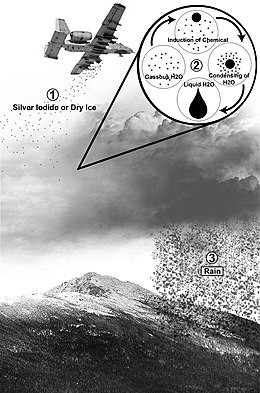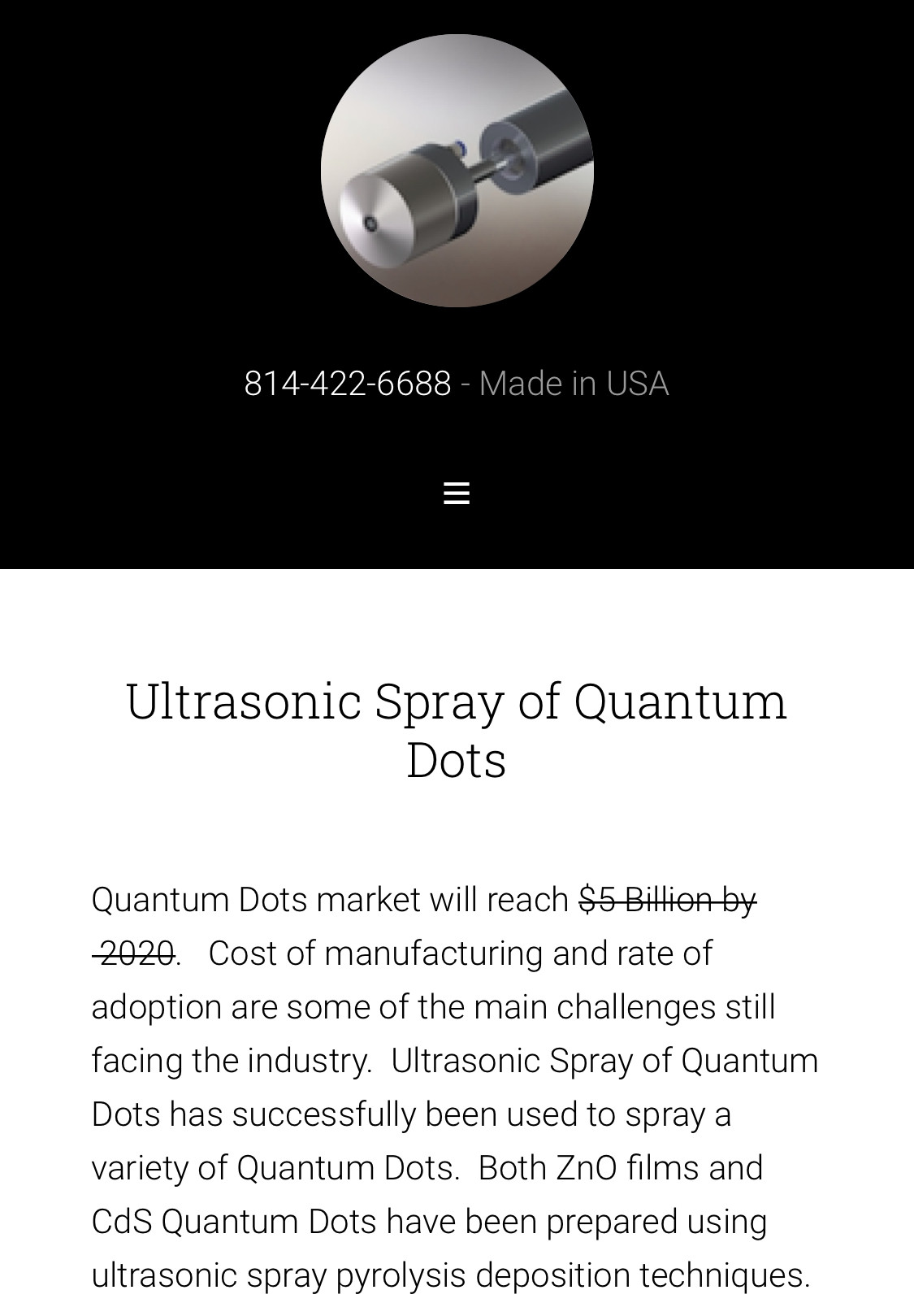https://www.youtube.com/@psyopchannel13 https://gab.com/boxoffrogs https://rumble.com/c/c-2352810 https://odysee.com/@HNiCC:1
Except it's not silver iodine... it's aluminum, strontium, and beryllium... all much cheaper and much more toxic.
https://www.youtube.com/@psyopchannel13 https://gab.com/boxoffrogs https://rumble.com/c/c-2352810 https://odysee.com/@HNiCC:1
Silver nanoparticles produce a stronger plasmon resonance than gold nanoparticles it can be due to the large reflectivity from the metal surface. TEM images indicate that change in the size of nanoparticles with increasing the laser fluence is in good agreement with the Mie theory.
https://www.youtube.com/@psyopchannel13 https://gab.com/boxoffrogs https://rumble.com/c/c-2352810 https://odysee.com/@HNiCC:1
The list of common ferrous metal properties include: Durable Good tensile strength Good electrical conductivity Low corrosion resistance Silver in colour Recyclable Usually magnetic Ferrous metals can include a wide range of different alloying elements, including chromium, nickel, manganese, molybdenum, and vanadium, manganese. Are we going down a climate change rabbit hole here? Silver is too expensive. They are using exactly the metals found in the rainwater samples, appearing as Aluminum, Beryllium and Strontium. It has killed several species of plants in my yard both here and in Maryland where I lived when this program began. https://youtu.be/Zbkwjno7TLY
hold on..
Coal is the most abundant and readily combustible energy resource being used worldwide. However, its structural characteristic creates a perception that coal is only useful for producing energy via burning. Here we report a facile approach to synthesize tunable graphene quantum dots from various types of coal, and establish that the unique coal structure has an advantage over pure sp2-carbon allotropes for producing quantum dots.
The crystalline carbon within the coal structure is easier to oxidatively displace than when pure sp2-carbon structures are used, resulting in nanometre-sized graphene quantum dots with amorphous carbon addends on the edges. The synthesized graphene quantum dots, produced in up to 20% isolated yield from coal, are soluble and fluorescent in aqueous solution, providing promise for applications in areas such as bioimaging, biomedicine, photovoltaics and optoelectronics, in addition to being inexpensive additives for structural composites.







